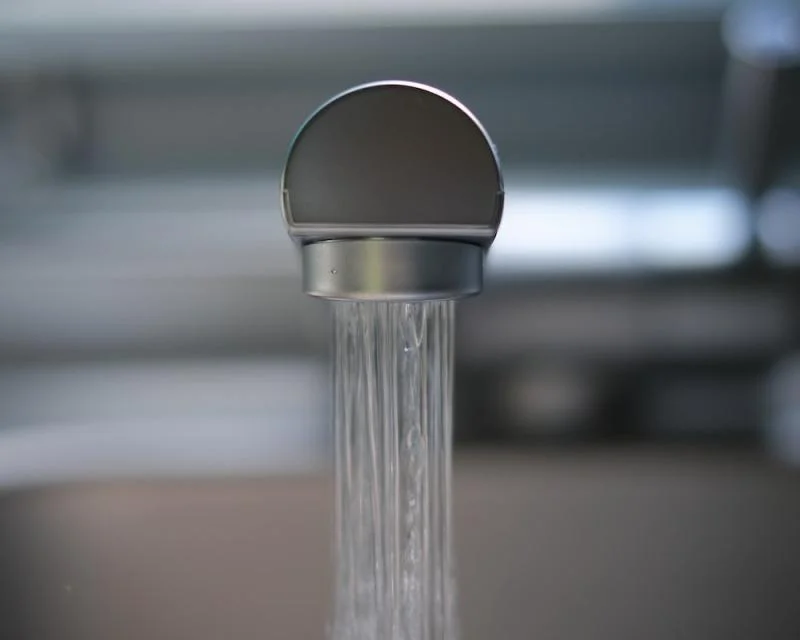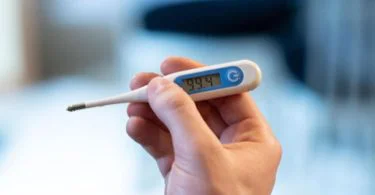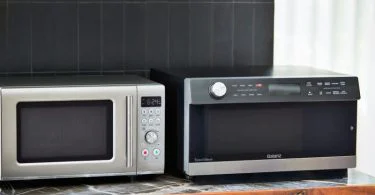The main difference between water from a borehole and pipe-borne water is where it comes from and how it gets to people. Borehole water comes from underground aquifers and is taken to the surface through a drilled well, often with the help of a pump. It is a water source for a small area, mainly for homes or communities nearby. Pipe-borne water, on the other hand, comes from a centralised water treatment and distribution system. Water is collected, treated, and sent through a network of pipes to homes, businesses, and public buildings. Pipe-borne water is usually more regulated, so the quality and safety standards are more consistent, while water quality from boreholes can vary.
What is Borehole?
A borehole is a narrow, deep well dug into the ground to reach underground water aquifers. Boreholes are essential to getting water, especially in rural areas or places without enough or centralised water distribution systems. They provide water for many uses, such as drinking, farming, and industry.
For a borehole to be built, a hole has to be drilled into the ground, usually with special tools, until the desired aquifer is reached. Once the aquifer is found, a casing is put in. This is generally made of steel or PVC and keeps the borehole from collapsing and the water from getting dirty. The water is then pumped to the surface with a manual or electric pump.
The cleanliness of the aquifer and the area around the borehole affect the water quality. Groundwater is usually free of microbial contaminants but may have dissolved minerals and chemicals. This means it needs to be tested and treated regularly to ensure it is safe to drink.
In short, a borehole is a deep, narrow well that gets water from underground aquifers for different uses. It is an essential source of water in places that don’t have easy access to centralised water distribution systems. It also helps meet water needs for drinking, farming, and industry.
What is Pipe Borne Water?
Pipe-borne water, also called piped water or tap water, is provided by a centralised system for treating and delivering water. It involves getting water from different places, like rivers, lakes, or reservoirs, treating it to eliminate contaminants and impurities, and then sending it to homes, businesses, and public buildings through a network of pipes.
Usually, there are several steps in the water treatment process, such as sedimentation, filtration, and disinfection. These steps ensure the water meets strict quality and safety standards before it gets to consumers. In most cities, pipe-borne water is the primary water source for drinking, cooking, and personal hygiene.
Pipe-borne water has many benefits, such as easy access, consistent quality control, and the possibility of large-scale supply to meet the needs of a growing population. But keeping and growing the infrastructure needed for pipe-borne water systems can be expensive and take time and effort.
In short, pipe-borne water is delivered to consumers through a centralised treatment and distribution system. This system collects, cleans, and provides water to consumers through an extensive network of pipes. It gives people an easy way to get potable water that is also regulated. This ensures the water is always safe to drink, cook, and clean.
Difference Between Borehole and Pipe Borne Water
Borehole and pipe-borne water fundamentally differ in their origins, extraction processes, distribution networks, quality management, and ease of access. Each way of obtaining water is affected by its availability, convenience, and safety by the abovementioned criteria.
Sources
Pipe-borne water is collected from surface sources like rivers, lakes, or reservoirs, while borehole water is retrieved from subsurface aquifers via drilled wells.
Extraction Methods
To reach underground water supplies, drillers must use specialised equipment to create boreholes, and then a pump is utilised to bring the water to the surface. Pipe-borne water is collected and treated at a central location before being sent to different places.
Distribution Systems
Borehole water supplies adjacent homes and villages via piped-in lines or hand-collected jugs. Pipe-borne water is delivered through a system of pipes, making it easy to access in homes, businesses, and public buildings.
Quality Control
Pipe-borne water is subjected to extensive purification and testing to guarantee it is of the highest quality and poses no health risks to consumers. The safety of borehole water varies widely depending on the aquifer and surrounding environment, necessitating frequent testing and treatment.
Accessibility
Pipe-borne water systems are more common in cities, where the infrastructure and resources are there to distribute water to many people. Boreholes are more common in rural areas or places that don’t have easy access to water from centralised systems.
In conclusion, borehole and pipe-borne water are essentially different in their origins, extraction processes, distribution networks, quality control, and ease of access. Each water supply method’s ability to serve a wide range of communities and settings depends on these variables, which in turn affect the methods’ availability, convenience, and safety.







